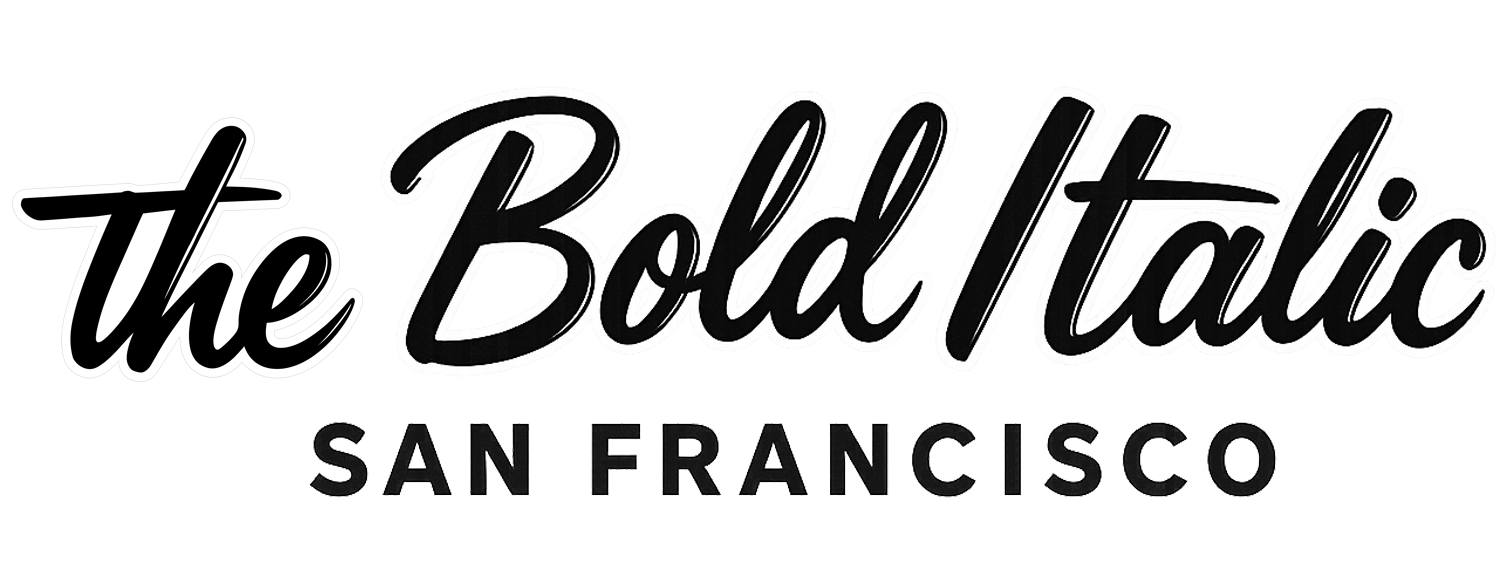This article is part of I Love San Francisco, a feature series of essays that highlight what makes San Francisco iconic and irreplaceable.
I’ve said continuously over the last two decades: San Francisco is the United States’ best food city and one of the greatest anywhere. Them’s fighting words for many, but stick with me as I present my case.
To understand any city or cuisine requires digging into a heavy baseline of humble spots, mid-range and upscale restaurants. It means tasting everything in numerous versions, to experience a culture’s food expressed from high to low, traditionally alongside forward-thinking menus and “fusion” of cultures on the plate.
I have done this, and on all these levels, San Francisco excels. We’ve long remained the mid-range dining master. As NYC excelled in fine dining depth and LA in hole-in-the-wall mastery of every cuisine, neither came close to SF’s decades of casual perfection with superb, often fine dining-level food, drink and service, without attitude or 2 and 3 Michelin-level prices.
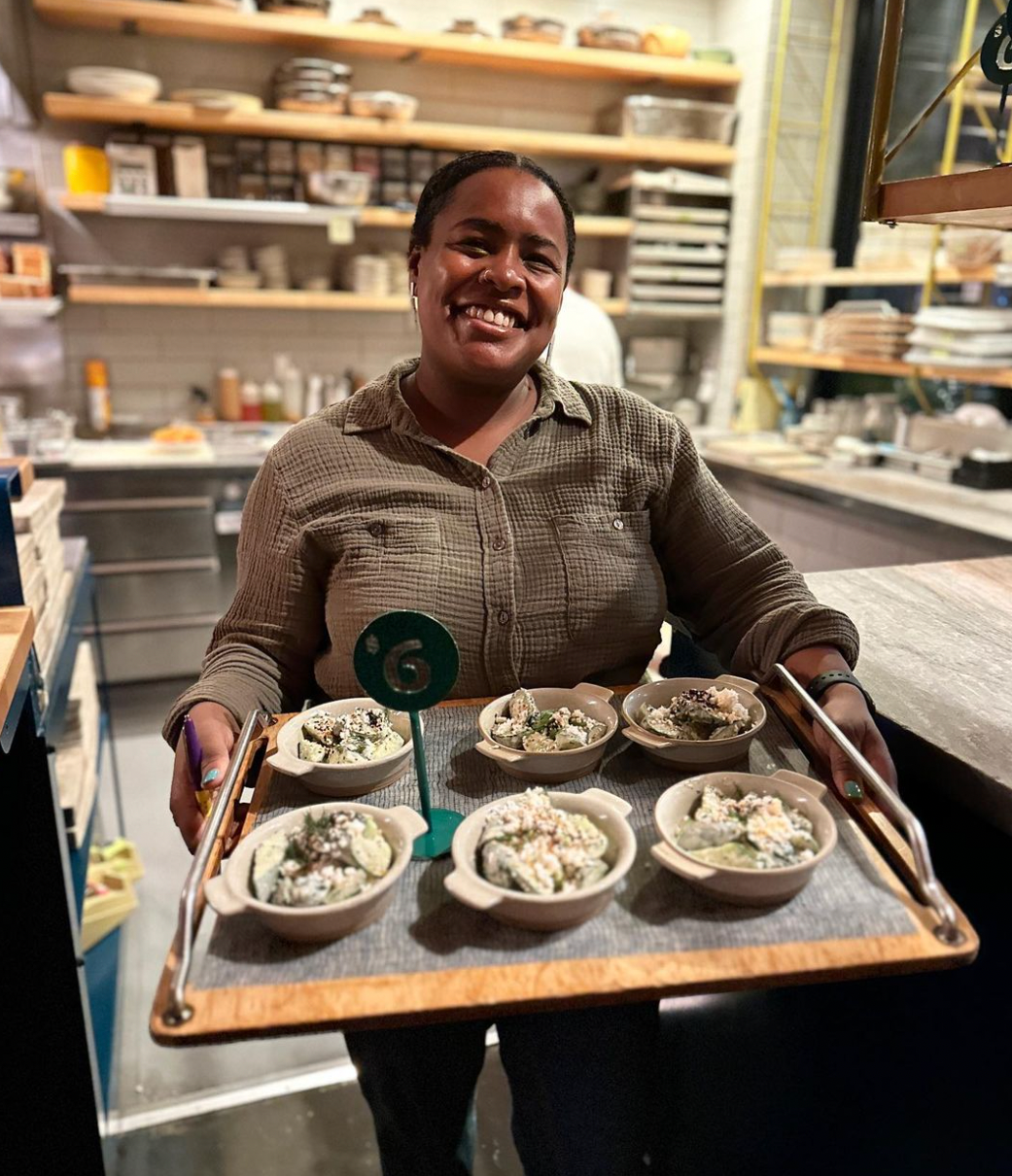
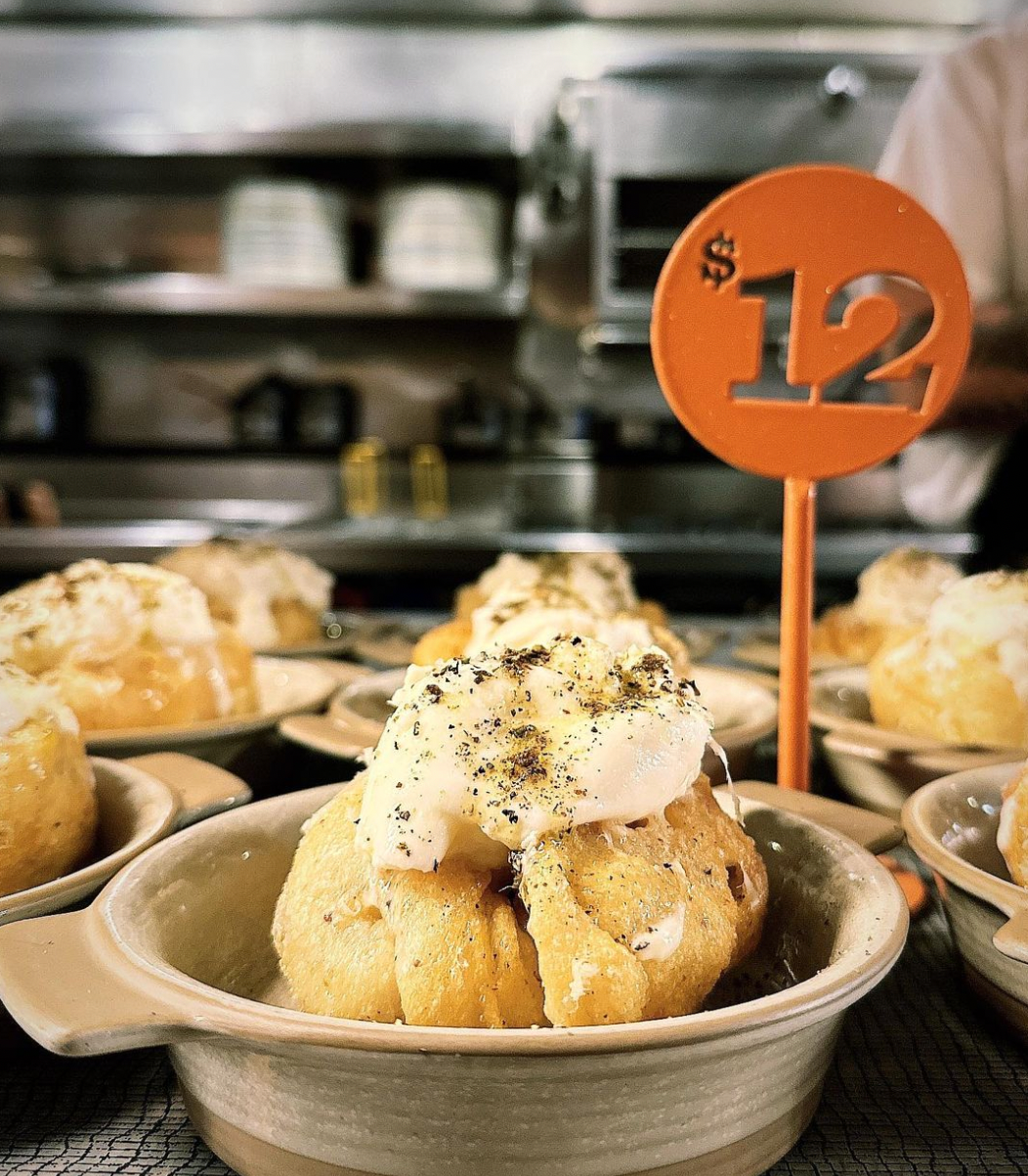
The region is home to Alice Waters and world-changing chefs, to dairies, farms, ranches and beyond that launched the farm-to-table movement in the 1960s and 1970s. Pioneering restaurants sourced local, organic, seasonal and high quality for decades. I had a friend ask why it mattered who did it first if everyone eventually caught on, and a key reason is that the typical standard here is far higher than most any city in the world.
What is often “the best” in many cities I visit is the norm here. High quality and environmental standards are in our fiber, common from high to low eateries. We have so much excellence, it’s sometimes years before I can return to many favorites because there are hundreds at the same level of superb. Even basic burger joints feature only grass-fed, organic beef, while dishes that recently started trending in most cities have long been perfected in SF. This means you can find hundreds of remarkable versions, not just a few. Also, as they do in tech, environmental innovations, food, drink, health and everything from transportation to lodging, SF is a city of trend-setting visionaries, not a follower. You often see and taste it here first.
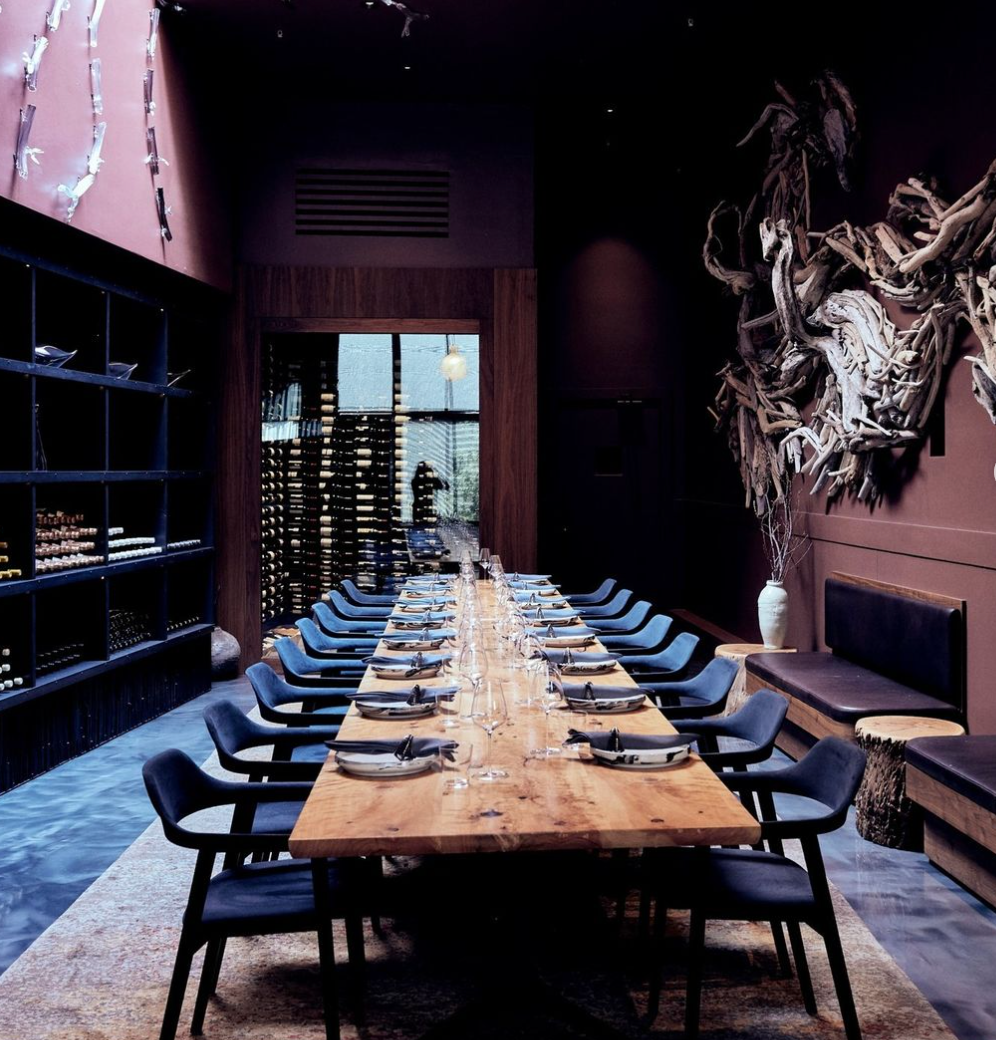
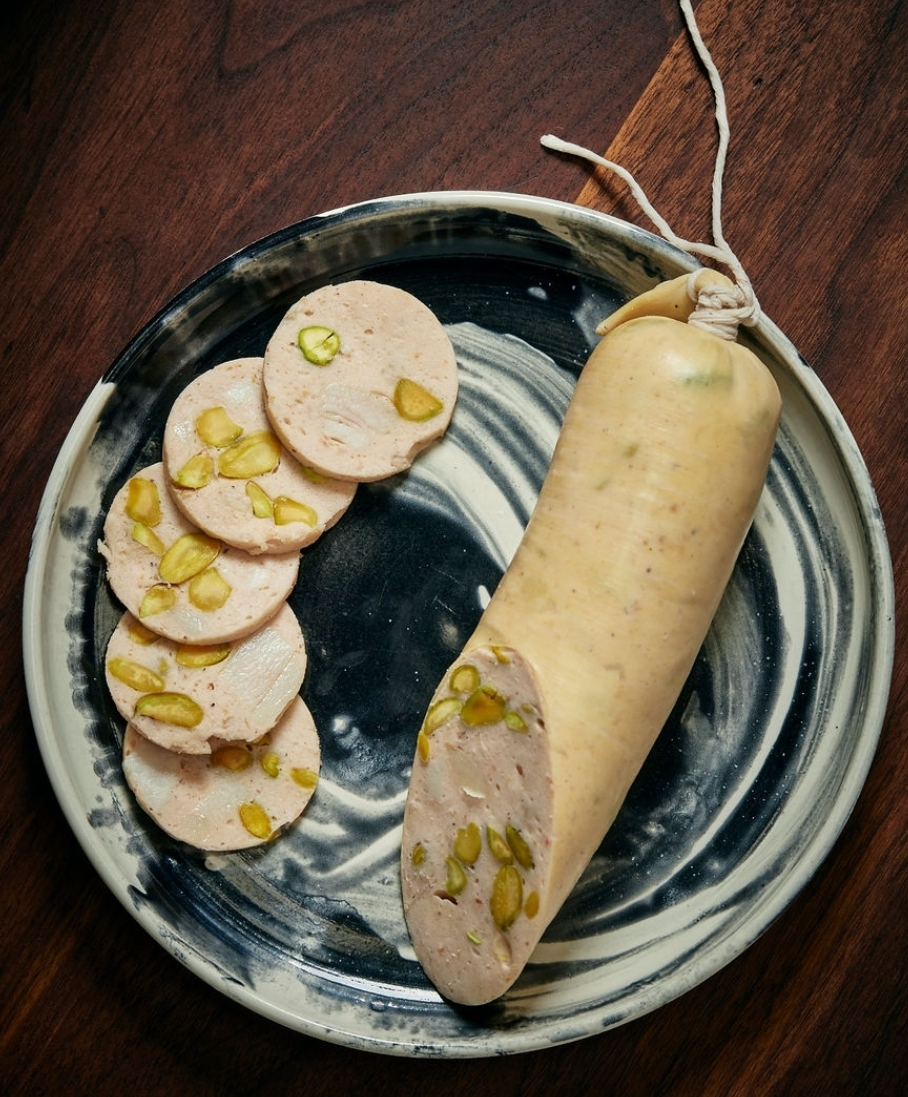
But SF is also a fine dining capital with the Bay Area at times holding even more three Michelin-starred restaurants than NYC, a city seven times larger. Los Angeles, at 10 times the size of SF, still struggles to keep up in fine dining — with Chicago long exceeding LA at that level. Notably, LA is better than ever for mid-range dining, a more recent development of the past 10–15 years.
One of SF’s great strengths is certainly also demographics. As the second-most densely populated U.S. city after NYC, SF is a deeply diverse population living in close confines in tight, walkable neighborhoods. SF’s historic Asian roots are heavily Chinese, Filipino, Vietnamese, Japanese, Indian, Korean, Thai, Burmese and so on; our Latin population dominates with Mexican heritage and also includes rich demographics from Peru and beyond. This diversity is inherent in SF’s roots.
Then there is land: California has long been some of the most arable land and climate in the world. It’s one of the world’s top agricultural powerhouses, growing two-thirds of all of America’s permanent crops and half of its fruits and vegetables. Much of it’s in our backyard in SF year-round. From winter’s citrus season to the endless of array of tomato types and colors in summer, we get fresh, down the street, superb ingredients that surpass any I’ve had in the world and equal only major agricultural belts like the Mediterranean, though there is far greater variety grown here.
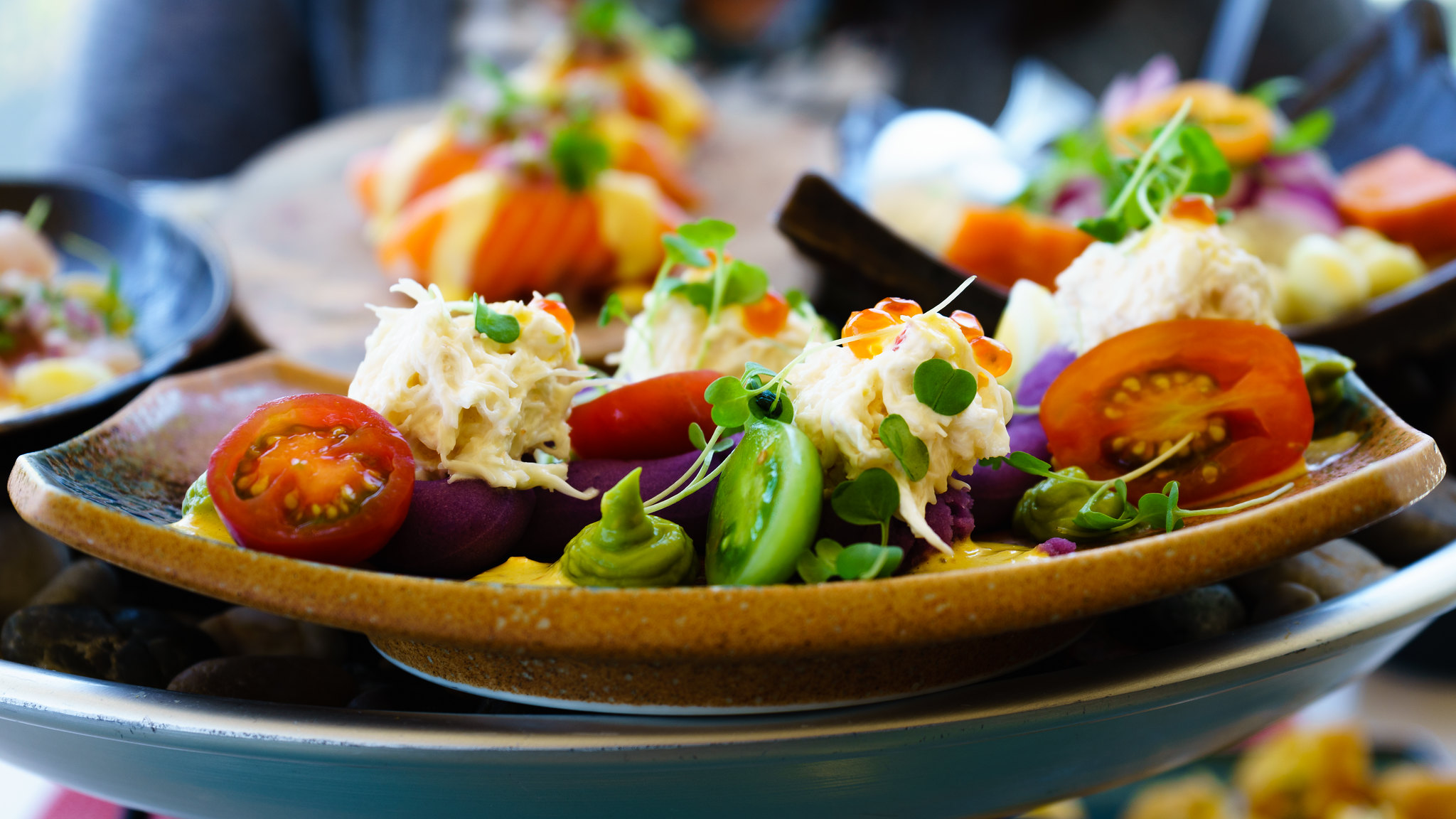
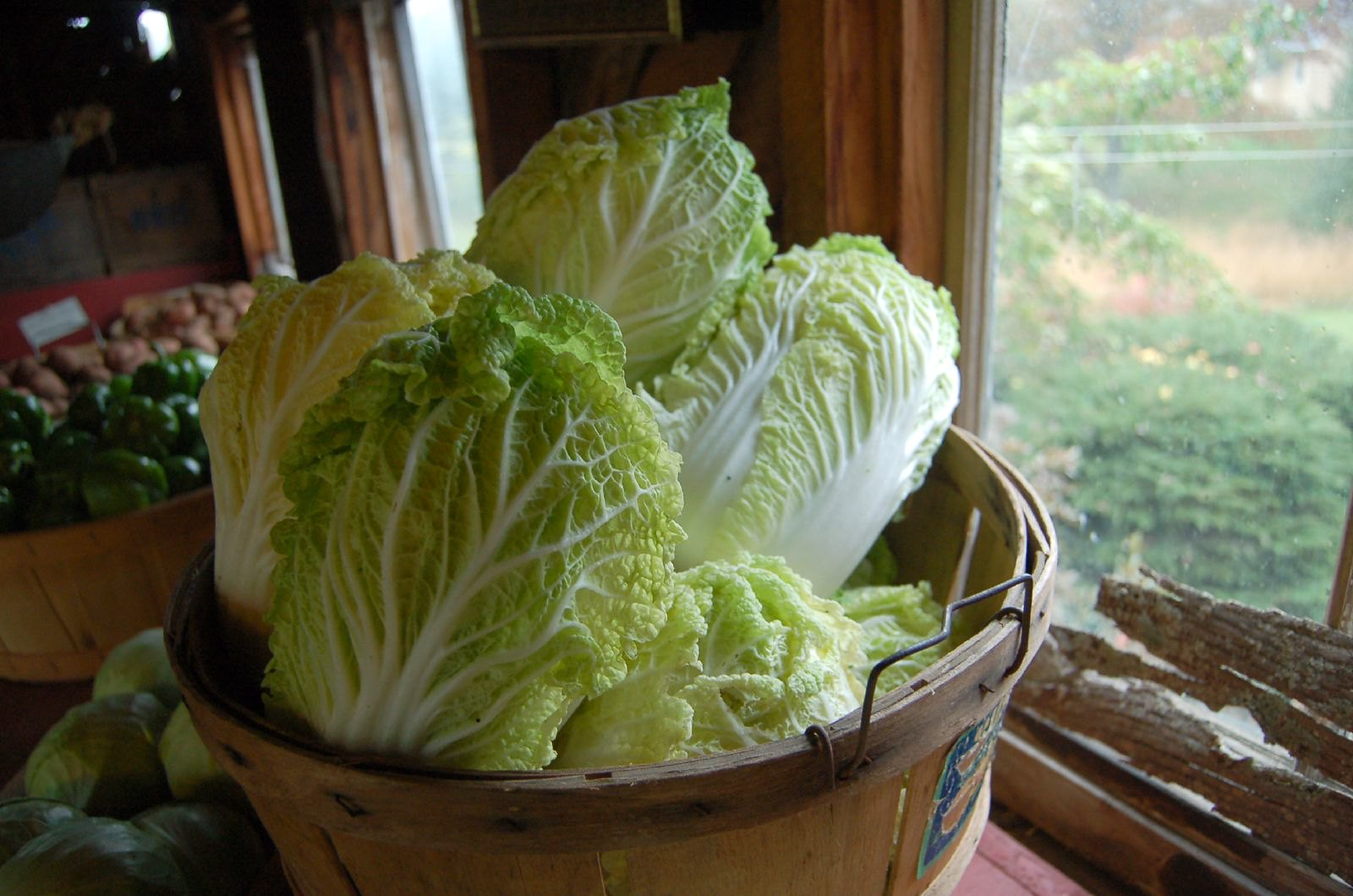
The uncountable range of beautiful lettuces alone I’ve had here I’ve never seen a fraction of in any other state or country. A great salad in California makes you sad that most of the world never experiences what a salad could be. As one who eats everything, I’ve had thousands of salads in SF that surpass many of the world’s best dishes in creative, fresh deliciousness.
Hole-in-the-walls greats of every stripe, from Middle Eastern to Burmese, are too numerous to call out. There are 39 Michelin-starred restaurants in SF proper and 50 in the Bay Area, out of 88 in all California. As a U.S. city, we’re second only to 7x larger NYC at 71. Progressive and Green Michelin-starred restaurants confirm SF has long led the way in LGBTQ-run and environmentally progressive restaurants, as it has in female chefs. 1970s-80s pioneers like Joyce Goldstein, Judy Rogers at Zuni Cafe, Nancy Oakes at Boulevard, and of course, Chez Panisse’s Alice Waters, have shaped dining globally for decades.
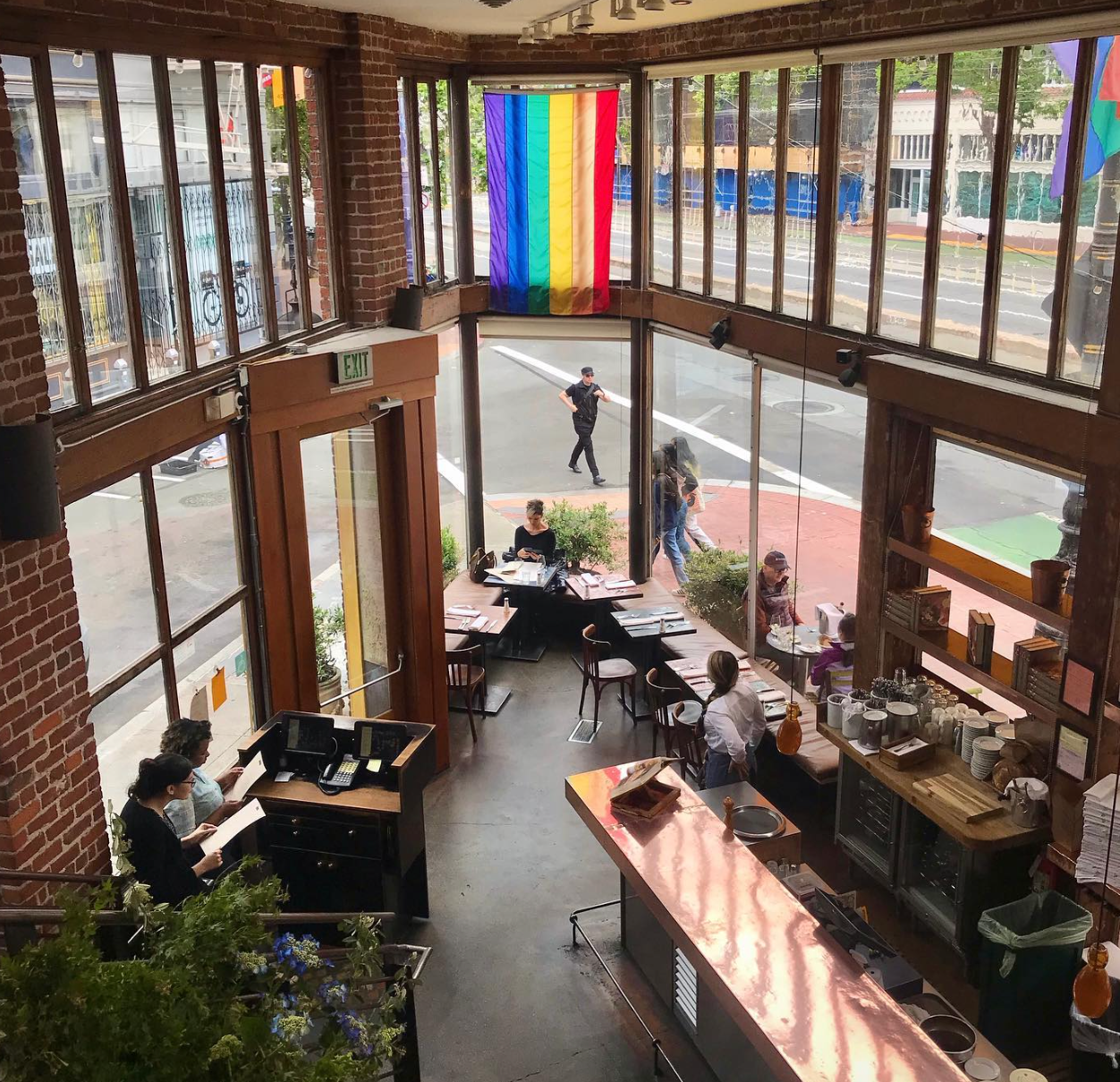
SF has led the way in vegetarian dining, including then-unheard-of upscale vegetarian at Greens since 1979, which launched a number of famed female chefs starting with founder Deborah Madison, and Millennium since the early 1990s, now in Oakland.
Most importantly, San Francisco has drawn innovative, forward-thinking talent since its birth: trend-setters and visionaries. Chefs and cooks who push boundaries, care about doing things right for the planet and our bodies, who are classically and traditionally schooled to geek levels, passionate about the roots of their foods and culture. And above all, about crave-worthy deliciousness. As I show friends and family thousands of SF spots over these two decades, I always want to take them to places they didn’t try last trip. Yet all come back asking me for dishes they haven’t been able to stop thinking about from visits before. It’s a dilemma I face daily.
Who are our most innovative, notable and trendsetting leaders?
To name but a spare few outstanding local restaurants: State Bird Provisions dim sum-cart for its inventiveness, Lazy Bear’s one-of-a-kind dinner party, Rich Table’s decade plus casual creativity, Aphotic’s unique seafood-only sustainability, tiny Noodle in a Haystack’s ramen-inspired menu, Osito’s creative use of all animal parts, visionary Cal-Moroccan at Mourad and Aziza, modern Filipino-like-no-other at Abaca, Guamanian fun at Prubechu, innovative Indian at Copra and Besharam, SPQR, Quince and Sorrel’s forward-thinking pastas, nothing-like-it modern Hawaiian at Liholiho Yacht Club, Pim Techamuanvivit’s bold Thai duo of Nari and Kin Khao, Shuggie’s Trash Pie’s vibrant use of food scraps, or Le Fantastique’s aged, raw fish set to vinyl.
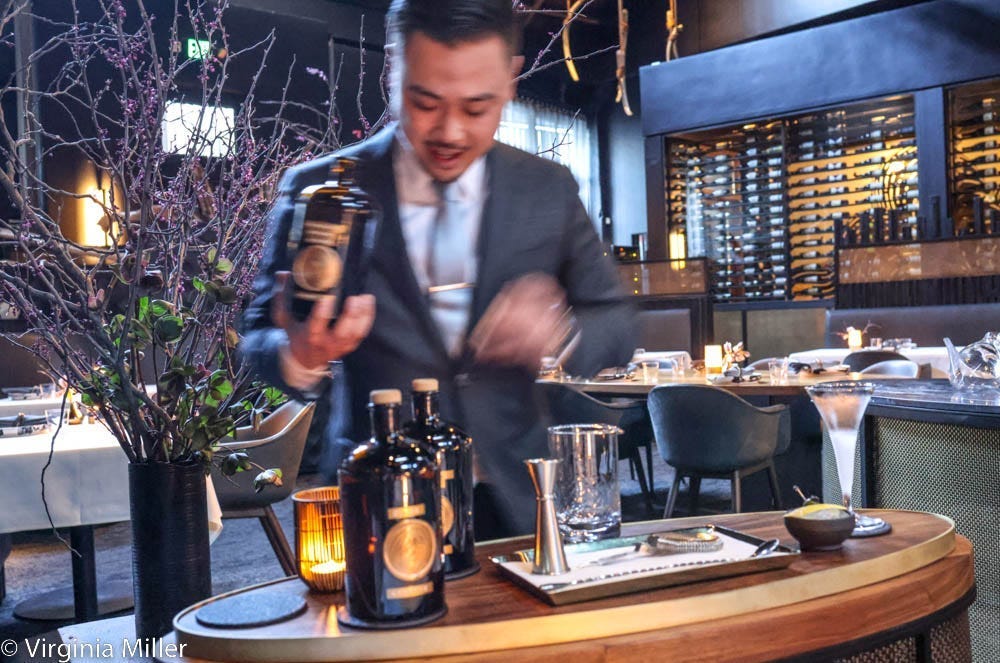
SF was home to the U.S.’ original craft brewery, Anchor Steam, which predated the beer renaissance that began in NorCal in 1980 by a couple decades. The Bay Area is home to the U.S.’ earliest craft distilleries since the early 1980s and, of course, nearby Napa and Sonoma ushered in New World wine, while SF is surrounded by incredible wine regions in all directions. SF’s bar history shaped the world and is one of three cities, alongside NYC and New Orleans, that introduced cocktails to the world.
As any great food city should celebrate history and context, SF is a city where old school is revered and preserved. Just look at legends like over 100-year-old Swan Oyster Depot, Sam Wo, Tadich Grill, John’s Grill, Tosca; 1930–40’s icons like Yank Sing, House of Prime Rib and Original Joe’s; 1970s-80s game-changers like Cafe Jacqueline, Anchor Oyster Bar, Zuni Cafe, Pacific Cafe, Bix; and 1990s greats like Absinthe, Kokkari, Boulevard or gay-owned Gary Danko.
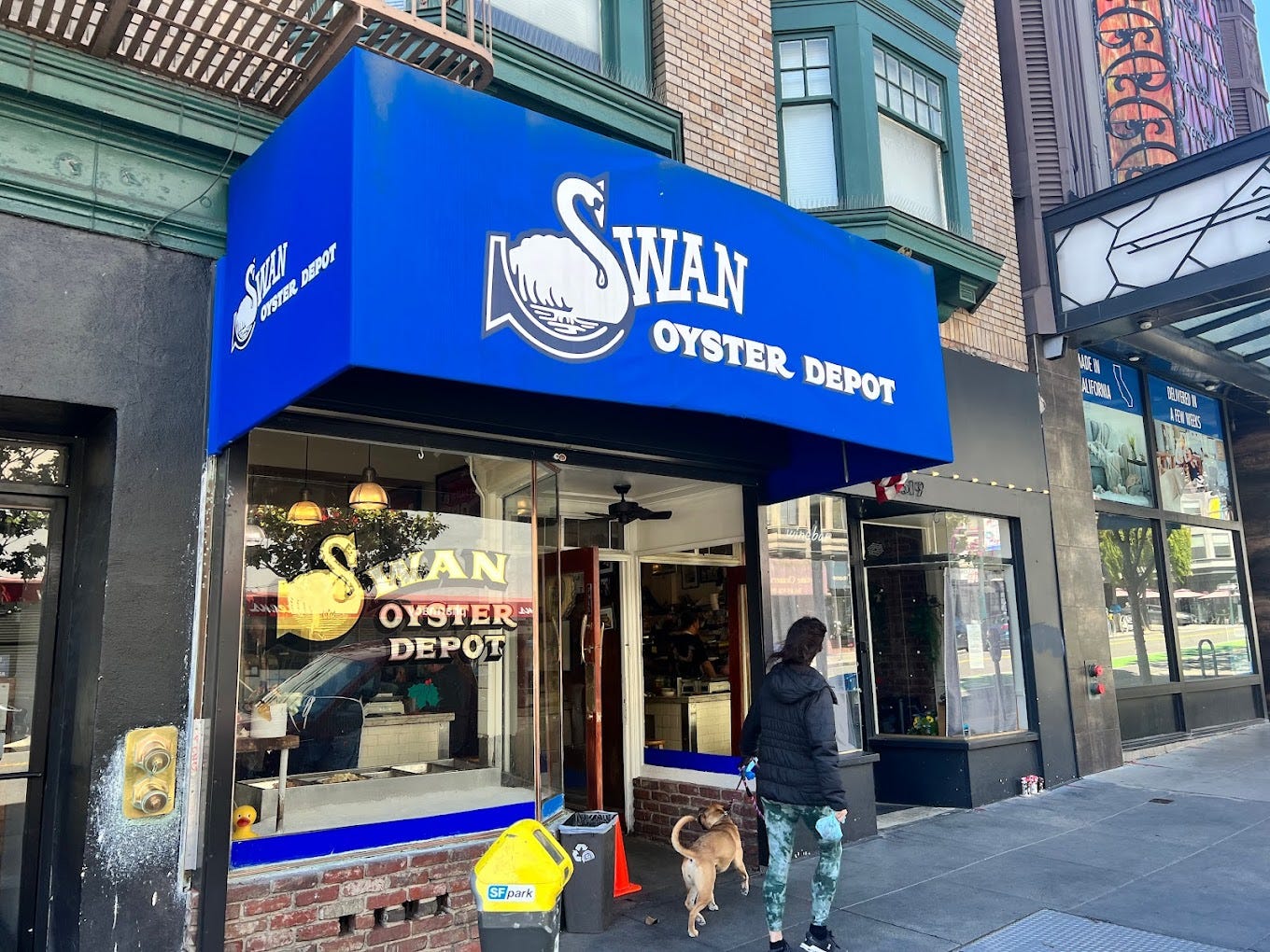
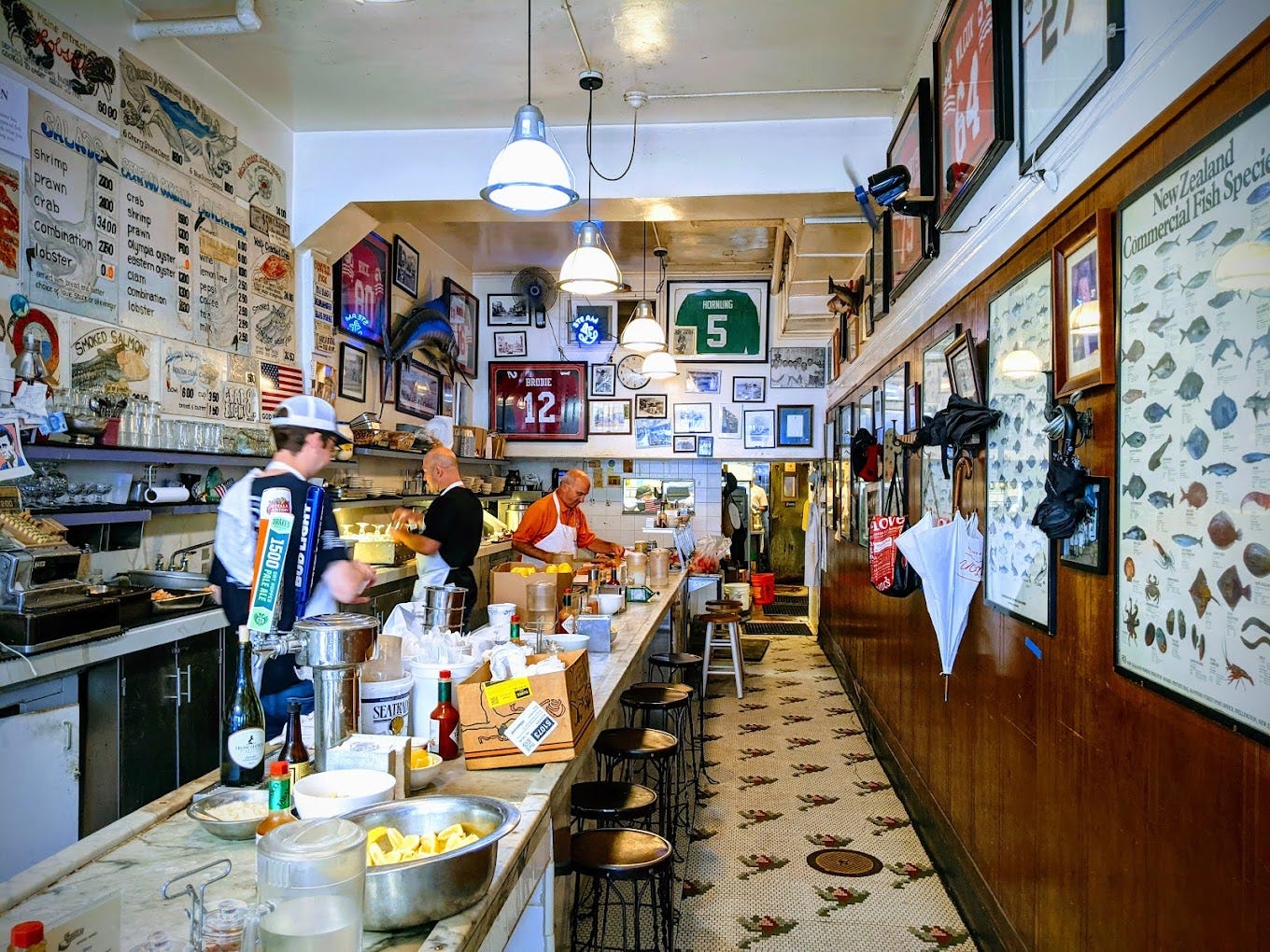
I haven’t even mentioned all the game-changing three and two-star Michelin restaurants, our long history as the U.S. bread and bakery capitol, our world class and pioneering cocktail bars, our legendary dives, our groundbreaking farmers markets. Don’t get me started on what a world class pizza town we are in many pizza styles, including being the home turf of the great Tony Gemignani (Capo’s, Tony Pizza Napoletana).
I may sound glowingly profuse for someone who is a non-native. And I am. But I’ve earned it, dining more places than anyone I’ve met around the globe each week, and as I study obsessively, leave no stone unturned, try everything, often to the detriment of my stomach and waistline but to honing of my palate and passion. Having lived in SF 22 years, while traveling half of every single month to eat, drink and judge dining and drink, there is no place I’m happier to return to than home sweet home.
I try not to be biased, though our truly unique, beautiful city could use some pride and realistic assessment in these exaggerated, outsized “doom loop” scapegoating days. Regional rarities aside, and oft times even then, there are endless dishes and drinks it’s my joy to taste around the globe weekly. Our global food and drink influence from our 1800s infancy to now, far outweighs our size. But at home in SF, I savor them done just as well, often first and better. We’re small, but we’re mighty.
Virginia Miller is a San Francisco-based food & drink writer.
The Bold Italic is a non-profit media organization, and we publish first-person perspectives about San Francisco and the Bay Area. Donate to us today.


